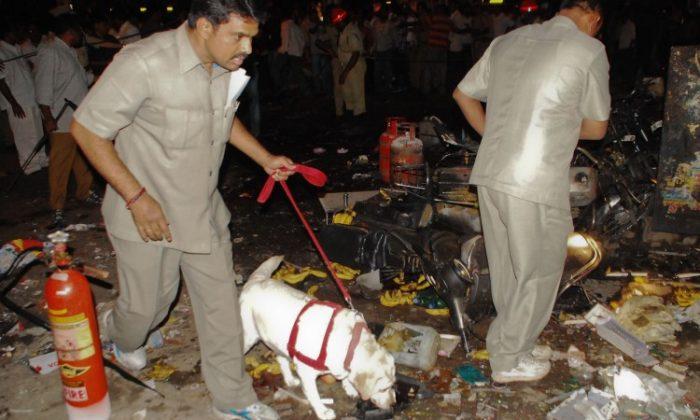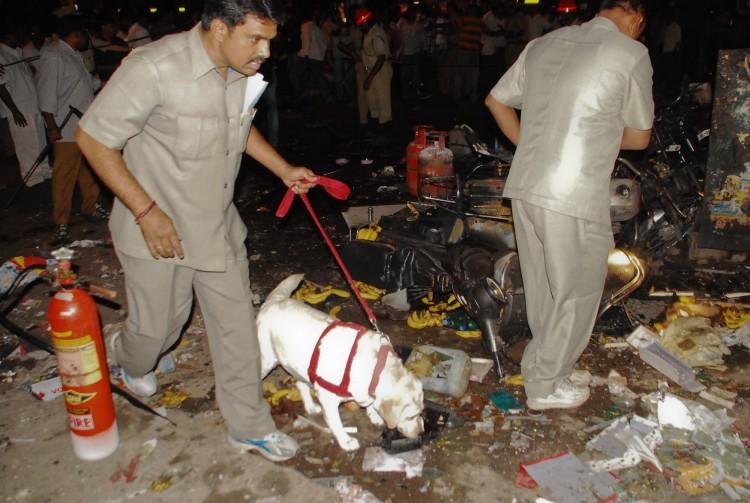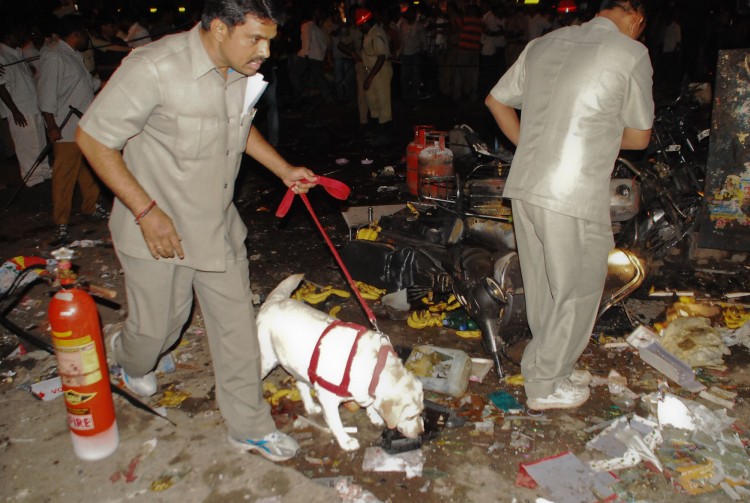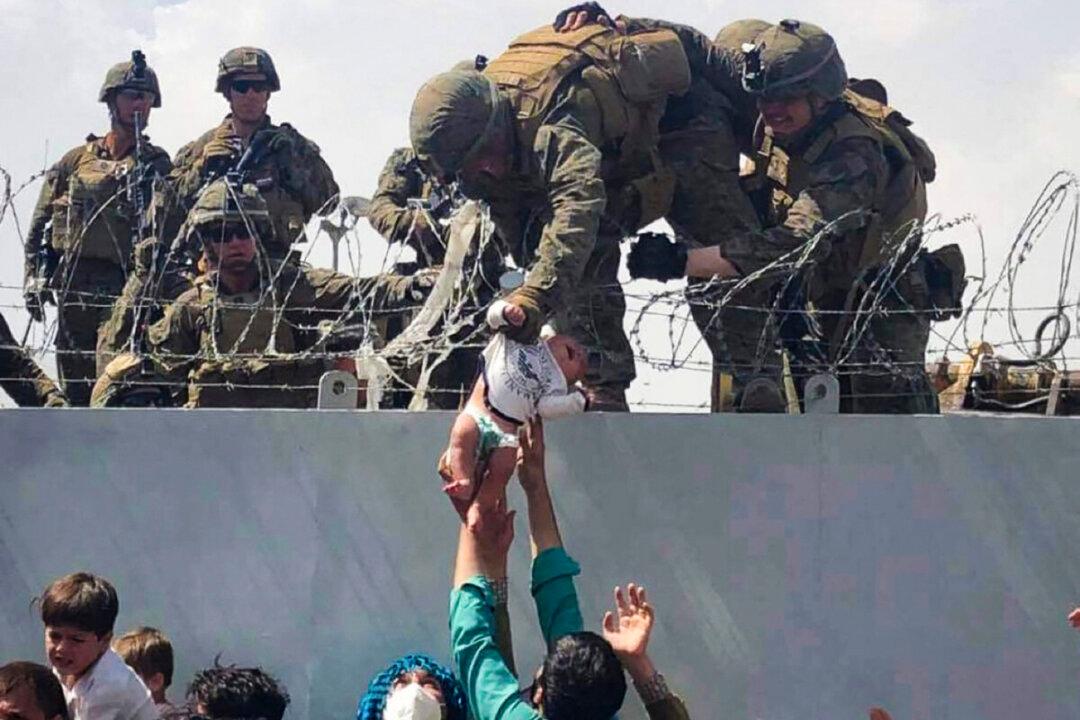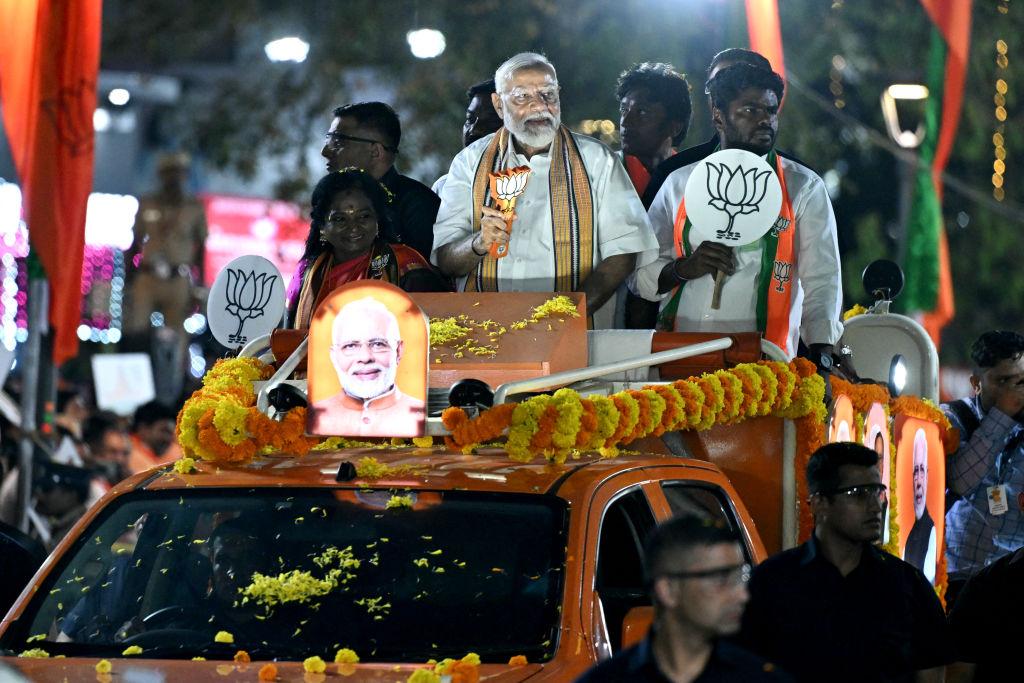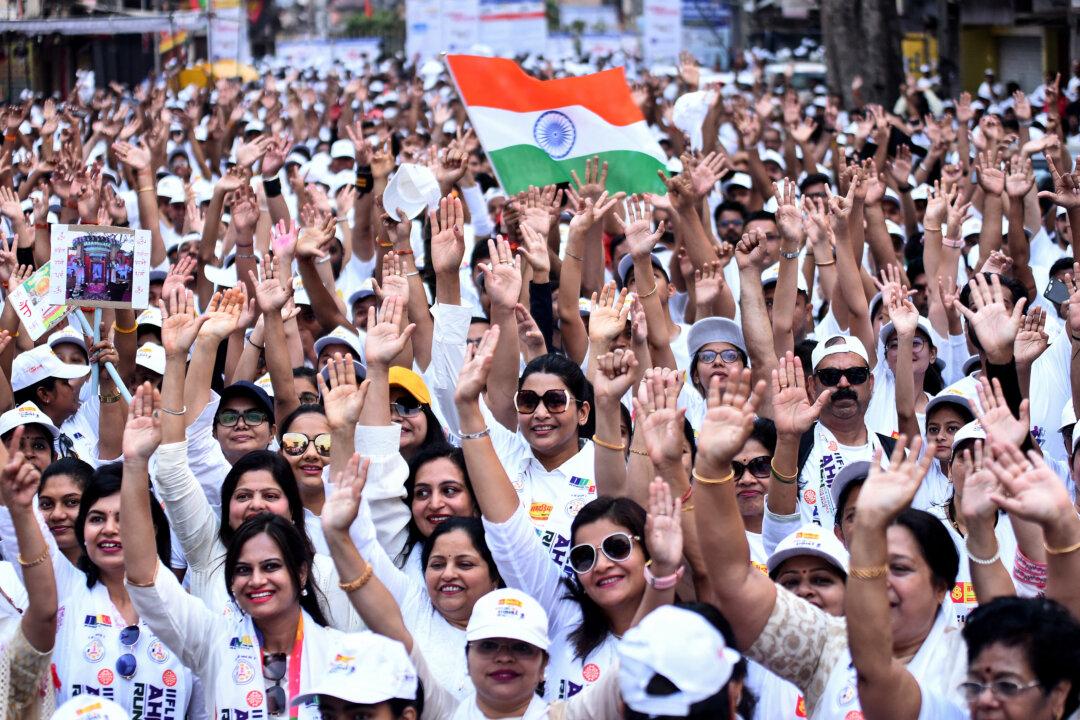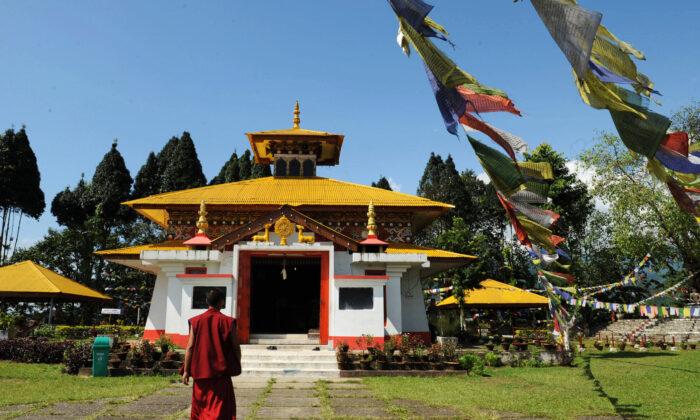Authorities had a pretty good idea that Hyderabad, India, would be targeted by terrorists, but the crowded marketplaces defied their ability to prevent Thursday’s attack.
The government of Andhra Pradesh state in India has set up two special teams to conduct an independent inquiry, assisting the National Investigation Agency now handling the case. On Saturday, the police started scanning the images recorded on a Closed Circuit Television (CCTV) camera mounted on a traffic signal near the blast site.
A man believed to be in his early thirties was seen reaching the place on a bicycle with a bag hung to its carrier a few minutes before the blasts. According to local media reports, he was seen reaching the area at 6:38 p.m., 10 minutes before the blast in front of the Konark Theatre. The second blast took place at 7:01 p.m. several feet away.
“The public believes that the culprits made hoax calls to deviate police’s attention from the blast site,” said Jason Mohan, a corporate trainer and Hyderabad resident. He was referring to hoax calls threatening explosions received by local authorities over the past couple of months.
Tensions had especially increased in the region after the Feb. 9 execution of Afzal Guru, part of the Jammu and Kashmir Liberation Front (JKLF) terrorist organization.
“Since this place was relatively peaceful, nobody suspected that the bombs would explode here,” Mohan said.
Police sources told national media outlets on Friday that one of the bombs had been placed at exactly the same spot an unexploded bomb was found during the Hyderabad twin blasts of 2007.
The police sources said there were intelligence reports last year of terrorist reconnaissance in busy city marketplaces such as those in Hyderabad—not only in the neighborhood of Dilsukh Nagar, but also in the neighborhoods of Begum Pet, and Abid. Aware of the danger to these places, authorities had nonetheless found it difficult to keep the crowded areas safe.
Hyderabad has been hit two other times in the past decade. In 2002, terrorist organization Lashkar-e-Taiba was primarily responsible for an attack in the city. In 2007, nine people were killed in an attack by the Indian Mujahideen (IM) terrorist group.
No organization has yet claimed responsibility for Thursday’s attack. Authorities suspect IM was at work again after questioning IM affiliates, including Hyderabad-based student Obaidur Rehman who was arrested in connection with an IM attack in Bangalore, according to India Times.
Six suspects have been detained. Indian Prime Minister Manmohan Singh is expected to travel to Hyderabad on Sunday to visit the hospitalized injured.
With reporting by Susanta Paral and Sujoy Dhar in Hyderabad
